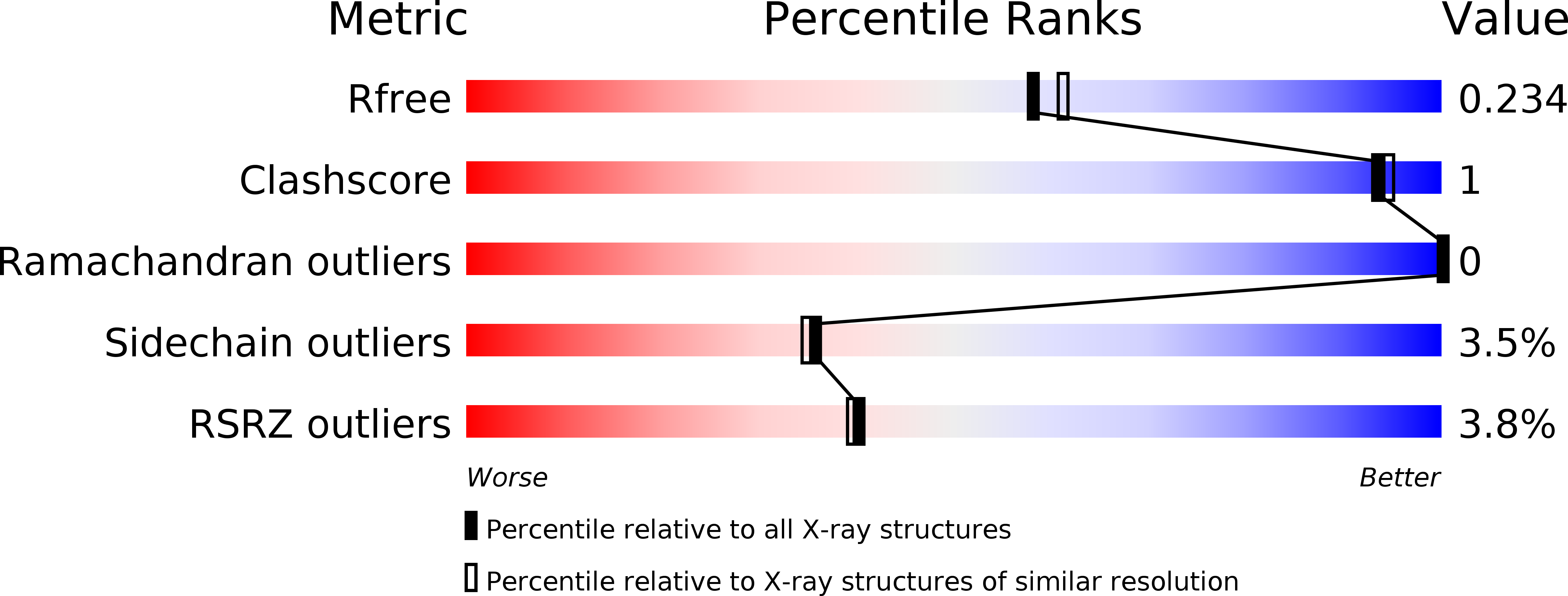
Deposition Date
2016-04-19
Release Date
2017-03-22
Last Version Date
2024-11-06
Entry Detail
PDB ID:
5JFB
Keywords:
Title:
Crystal structure of the scavenger receptor cysteine-rich domain 5 (SRCR5) from porcine CD163
Biological Source:
Source Organism:
Sus scrofa (Taxon ID: 9823)
Host Organism:
Method Details:
Experimental Method:
Resolution:
2.00 Å
R-Value Free:
0.23
R-Value Work:
0.20
R-Value Observed:
0.20
Space Group:
C 2 2 21


